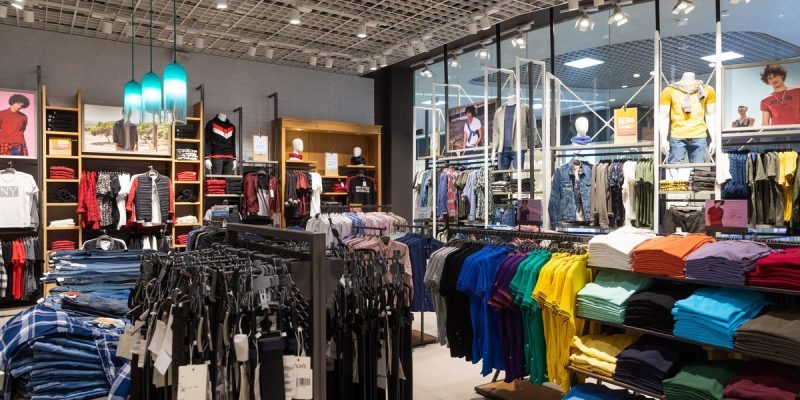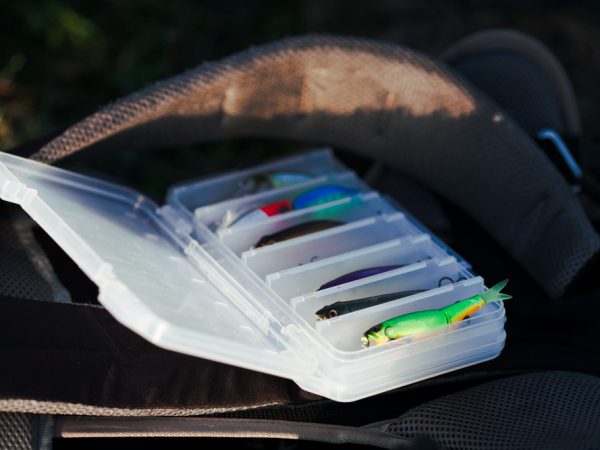What Are Soft Goods? Definition, Examples, and Industry Insights

Understanding Soft Goods
In the world of retail, manufacturing, and commerce, products are often categorized into soft goods and hard goods. But what are soft goods?
- Soft goods refer to flexible, fabric-based, or consumable items that are not rigid or durable like electronics or furniture.
Common examples include clothing, bedding, towels, curtains, and textiles.
Soft goods are widely used in fashion, home décor, healthcare, and travel industries.
This guide will break down the definition, key examples, industry applications, and differences between soft goods and hard goods.
What Are Soft Goods? A Detailed Explanation
Soft Goods Definition
Soft goods (also known as consumer softlines) are products made from fabrics, textiles, or other flexible materials. They are often non-durable and require frequent replacement due to wear and tear.
- Typically made of cotton, polyester, silk, wool, or synthetic fibers.
Designed for comfort, aesthetics, or daily use.
Can be machine-washable or require special care.
Soft goods differ from hard goods, which are rigid and long-lasting, like appliances, furniture, or tools.
Soft Goods vs. Hard Goods: What’s the Difference?
| Feature | Soft Goods | Hard Goods |
| Material | Fabric, textiles, foam, rubber | Metal, plastic, glass, wood |
| Durability | Short-term, wears out over time | Long-term, lasts for years |
| Examples | Clothing, bedding, curtains | Electronics, furniture, tools |
| Maintenance | Requires frequent washing | Needs occasional repairs |
| Industry Usage | Fashion, home décor, travel | Electronics, construction, automotive |
Retail stores often separate sections for softlines (soft goods) and hardlines (hard goods). For example, a department store will have clothing in the softlines section and home appliances in the hardlines section.
Examples of Soft Goods in Different Industries
Soft goods are found in multiple industries, from fashion to healthcare. Here are some common examples:
Retail & Fashion Industry
- Clothing (shirts, dresses, suits, jackets)
Footwear (sneakers, sandals, boots)
Accessories (scarves, gloves, hats)
Luggage & travel bags
Home & Interior Design
- Bedding (sheets, pillows, comforters)
Curtains & Drapes
Upholstery (sofa covers, chair cushions)
Rugs & Carpets
Hospitality & Hotels
- Hotel bedding, towels, and bathrobes
Restaurant tablecloths & napkins
Decorative throws & cushions
Healthcare Industry
- Medical scrubs & uniforms
Bandages & disposable face masks
Hospital bedding & gowns
Entertainment & Sports
- Costumes & theatrical outfits
Sports uniforms & activewear
Gym mats & yoga accessories
Soft goods serve both functional and decorative purposes, making them essential in everyday life.
Soft Goods in E-Commerce & Retail
With the rise of e-commerce, soft goods have seen massive growth in online sales.
Why Are Soft Goods Popular in Online Shopping?
- Easy to ship and store compared to hard goods.
Wide variety of styles, sizes, and customization options.
Fast-moving consumer goods (FMCG) often need regular replacement.
Challenges in Selling Soft Goods Online
- Size & Fit Issues – Customers may return clothing due to incorrect sizing.
Fabric Quality Concerns – Buyers can’t feel the texture before purchase.
High Return Rates – Apparel and footwear have one of the highest return rates in e-commerce.
To overcome these challenges, retailers use high-quality product images, detailed descriptions, and virtual try-on features.
How Are Soft Goods Manufactured?
The Production Process
- Material Sourcing – Fabrics are sourced from cotton, polyester, silk, or blends.
- Design & Cutting – Patterns are designed and cut based on specifications.
- Sewing & Assembly – Pieces are stitched together using industrial machines.
- Quality Control – Products are inspected for durability and defects.
- Packaging & Distribution – Items are packed, labeled, and shipped to retailers.
Sustainability in Soft Goods Manufacturing
- With growing awareness of eco-friendly fashion, many brands are shifting to:
Organic cotton & recycled fabrics
Ethical production practices
Zero-waste packaging
Brands like Patagonia, Everlane, and Eileen Fisher are pioneers in sustainable soft goods manufacturing.
The Future of Soft Goods: Trends & Innovations
The soft goods industry is evolving with technology and consumer preferences.
Key Trends
- Smart Fabrics – Clothing with embedded sensors for fitness tracking.
Sustainable Fashion – Demand for eco-friendly, biodegradable textiles.
3D Knitting & AI Design – Automating apparel production with zero waste.
How Retailers Are Adapting
- AI-powered virtual fitting rooms to reduce returns.
Augmented reality (AR) for home décor visualizations.
Faster delivery & return policies for better customer experience.
The future of soft goods focuses on sustainability, technology, and personalization.
Conclusion
Soft goods are an essential part of fashion, home décor, hospitality, and healthcare. From clothing to bedding and upholstery, these products define comfort, style, and functionality in daily life.
- The e-commerce boom has made soft goods more accessible worldwide.
Sustainability and innovation are driving changes in the industry.
Understanding soft goods helps businesses improve product quality and marketing strategies.
Next time you shop for clothing, bedding, or home décor, remember—you’re buying soft goods!
Have questions about soft goods? Drop them in the comments below!
FAQs
1. What are considered soft goods?
Soft goods include clothing, bedding, curtains, towels, and textiles—items made from fabric or flexible materials.
2. What is the difference between soft goods and hard goods?
- Soft goods – Made of fabric, flexible, non-durable (e.g., clothing, linens).
Hard goods – Made of metal, plastic, or wood, long-lasting (e.g., furniture, electronics).
3. What are soft goods in retail?
Soft goods in retail refer to apparel, footwear, home textiles, and accessories, often found in department stores and online fashion stores.
4. How are soft goods different from consumables?
- Soft goods – Fabric-based items used repeatedly over time.
Consumables – Items that are used up quickly (e.g., food, paper products).
5. Are soft goods part of the fashion industry?
Yes! Clothing, shoes, and accessories are key categories of soft goods in fashion retail.
Also read: Station Identifier: Definition, Uses, and Importance in Communication











